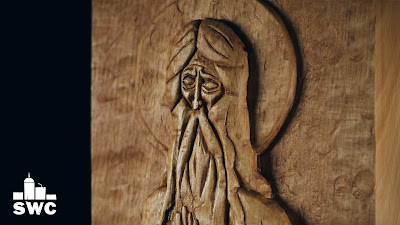Tools and materials I propose:
In this video I make a simple mechanism to keep the spindle of my cheap lathe locked in place. You need to lock your spindle sometimes so you can carve or do other tasks on your project, while it is still mounted on the lathe. My mechanism also works with a chuck I have, which has a built in divider on it.
I wanted the mechanism to fit into the holes of my divider. So I mounted a piece of threaded rod on my machinist’s lathe, and shaped the tip to fit. If you don’t have a machinist’s lathe you can shape the tip on your grinder.
I then made all the necessary holes on the drill press. I threaded one hole just to keep the rod in place.
I then cut the base to size with my angle grinder.
To keep the nut in place for welding I added another nut from the back.
Then I used my stick welder to weld everything in place. Those were pretty small pieces so I used the thinnest electrodes I could find. I also tack welded everything.
I cleaned the welds with a wire brush on my rotary tool.
Finally I coated the base with primer and finished it with green spray paint. I wanted this to stand out on the lathe to avoid any accidents. So I used a really bright color.
And my little gadget was ready. It works great and I like the fact that I avoided drilling onto the cast iron parts of my lathe. I made it, to use it mostly in combination with my built in divider of my chuck.
I hope you found this project useful, because that was it.
See you soon with a new project video!
Disclosure: Some of the links below are affiliate links, meaning, that at no cost to you, I get a small commission if you click through and make a purchase.








































